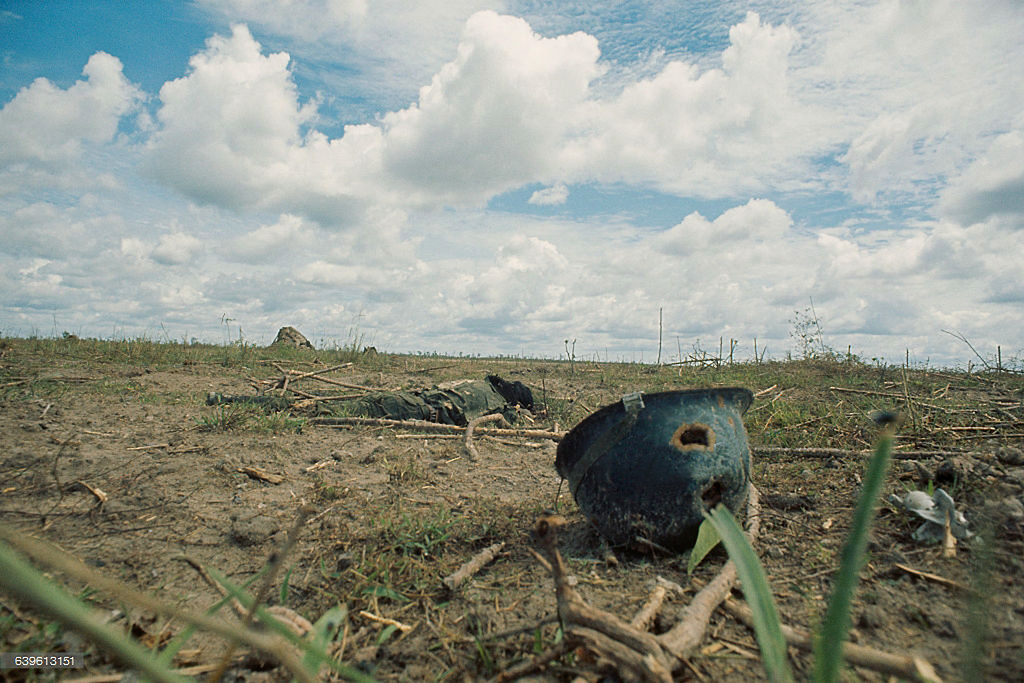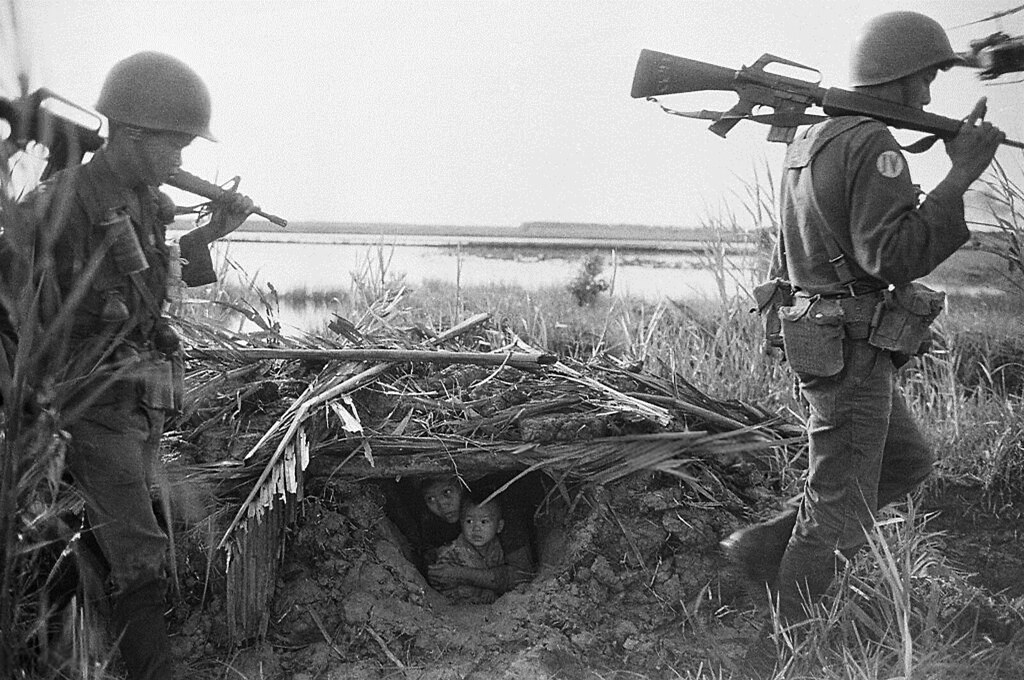
The narrative of Vietnam veterans being spat upon and called “baby killers” by anti-war protesters upon their return to the United States is a persistent tale. It evokes powerful emotions and symbolizes the societal rift caused by the Vietnam War.

Yet, as time passes and researchers delve into the annals of history, the accuracy of these stories is increasingly called into question.

Accounts from veterans themselves are poignant and varied. One, Paul Edward Jenkins from Cincinnati, described an encounter at the Honolulu airport where, after being confronted with antagonism from two young men, he experienced spitting directed at his feet.

Another, M.J. Fenrich from Texas, contrasted the venomous words of an elderly woman with the kindness of a “hippie” who offered an apology for the treatment of returning vets. In a similar vein, other veterans recall different experiences, ranging from outright disrespect to complete indifference.

The emotional toll on veterans returning home to a country seemingly indifferent to their sacrifices is a theme echoed by Kenneth L. Guillory, who felt that the nation spat on him and his compatriots by lavishing attention on the Iran hostages while ignoring Vietnam vets.

Joe Bartholomew from Ohio recounted being treated with respect by fellow passengers and attendants on a flight, not with hostility. These varied accounts capture a spectrum of experiences, challenging the monolithic narrative of mistreatment.

Contradicting these tales is research by writers like Mark Dapin and Jerry Lembcke, who after extensive investigation, found no solid evidence of such encounters.

Dapin’s scrupulous examination of contemporary news reports, conservative criticism, and ASIO surveillance records, as well as anti-war archives, revealed no corroboration for the widespread claims of veterans being spat upon or accosted at airports.

Lembcke’s similar research in the United States resulted in the book “The Spitting Image,” which also questioned these accounts, suggesting that they are myths that emerged well after the war’s conclusion.

Moreover, the analysis of the Australian context by Dapin debunks the stories of protesters assaulting veterans with rotten fruit or spit as they landed in Sydney.

Such allegations, according to Dapin’s rigorous research, are the stuff of myth, not substantiated history. It seems the public memory has been shaped more by cultural representations and political rhetoric than by documented events.

The narrative of Vietnam veterans being mistreated upon their return is deeply ingrained in the psyche of many. It is a narrative that has been used to paint anti-war protesters as traitors, and to frame dissent as disloyalty.

This narrative has persisted despite substantial evidence to the contrary, including the absence of contemporary news reports, the lack of photographic evidence, and the reality of welcome home parades that did occur during the Vietnam War, contrary to popular belief.

The real-life experiences of veterans, the varying accounts of homecomings, and the subsequent research that challenges the prevailing narratives point to a complex truth. It is a truth where memory, emotion, and politics intertwine, and where the simplicity of myth fails to capture the full scope of history.

As we reflect on the Vietnam War and the return of its soldiers, it is crucial to scrutinize the stories we accept, the evidence we demand, and the lessons we derive from one of the most tumultuous times in American history.
Relevant articles:
– VIETNAM VETS RECALL THEIR HOMECOMINGS — OFTEN PAINFULLY, Deseret News
– The myth of the abusive protesters • Inside Story, insidestory.org.au

